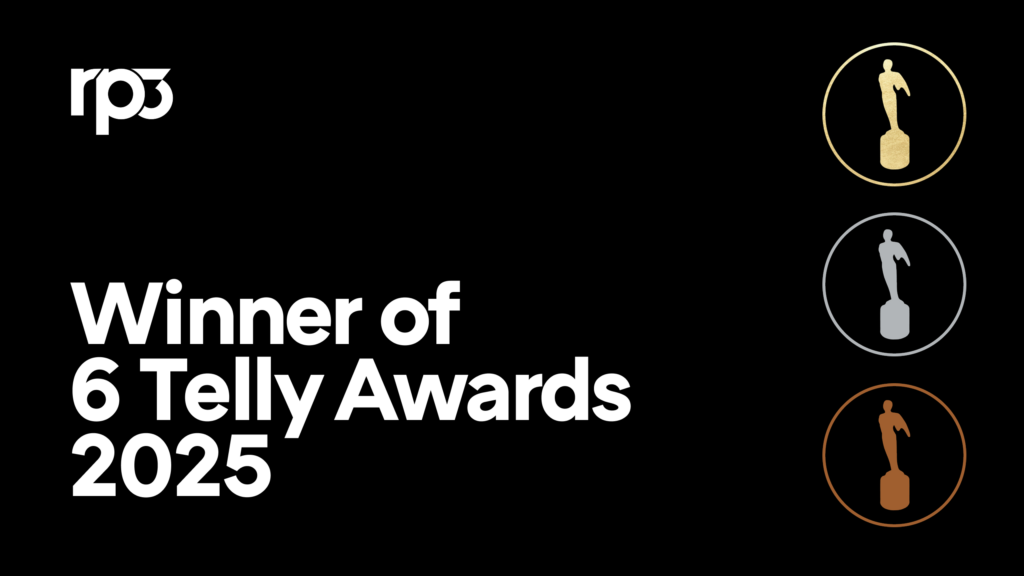
AI as a Creative Partner, Not a Replacement (Part 2 of 3)
By: Greg Kihlstrom
Freeing Humans for High-Level Creative Strategy
One of AI’s greatest contributions is rebalancing marketers’ time toward what humans excel at – strategy, empathy, and big-picture creative thinking – by automating the more labor-intensive, data-driven tasks. In practice, this means offloading duties like data analysis, segmentation, and iterative content tweaking to intelligent systems, so that human marketers and creatives can concentrate on storytelling, brand building, and innovation. Hyper-personalization is a prime example: It takes massive real-time data crunching to deliver tailored messages to millions of customers, which is where AI shines, but it still takes human creativity to design the overarching campaign and ensure each message feels authentic and on-brand
Leading brands illustrate this division of labor. Starbucks’ AI platform “Deep Brew” handles personalization and operational forecasting across its millions of customers, recommending products and optimizing store staffing through machine learning. This automation of analysis and routine decisions means baristas and managers can “focus more on crafting your favorite drinks and less on juggling inventory or schedules”, achieving “a seamless blend of technology and human touch.”
The AI does the heavy lifting in the background, but the human staff deliver the warm, personal experience Starbucks is known for. Similarly, luxury leader LVMH is exploring generative AI to aid designers and marketers in creating bespoke customer experiences, but with a clear mandate to “augment employees without replacing them.”
The company recognizes that in luxury, human creativity and the personal connection are paramount; AI is being used cautiously to enhance those human elements, not undermine them. This underscores a best practice: use AI to extend human capabilities (more ideas, more personalization, faster execution) while preserving the human-centric qualities (authenticity, emotional intelligence, cultural nuance) that make marketing resonate.
To get this balance right, marketing leaders must also address trust and governance. Many companies remain wary of AI’s output when it comes to brand voice or creative quality – in one survey, over half of marketers expressed concern about training AI to match their brand’s voice and values. The solution is not to avoid AI, but to implement it with proper oversight: establish clear brand guidelines for any AI-generated content and keep humans in the loop for review and refinement. When humans curate AI’s contributions, the end result can achieve efficiency and originality without compromising brand integrity. In essence, AI should handle the data deluge and repetitive production, so that human teams can do what only humans can do – empathize, strategize, and create stories that truly connect.
Let's make some good.
Drop us a line



